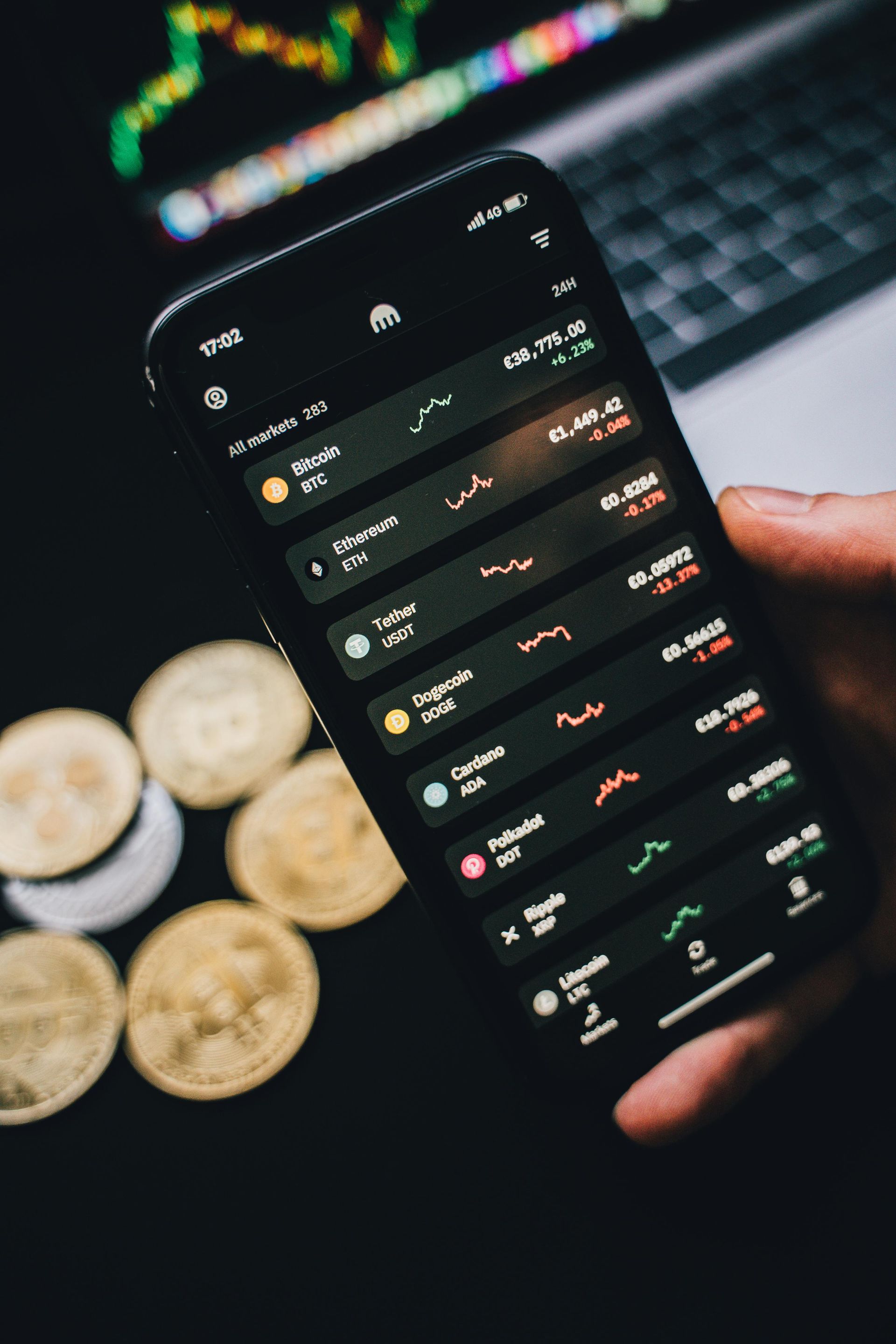objective-wire.org
Tether’s Financial Empire: $1B Profit, $120B in Treasuries, & a Crypto Evolution
Stablecoin giant Tether is no longer just a crypto player, it’s a global financial force, with Q1 2025 earnings and U.S. Treasury holdings rivaling nations. But what’s driving its rise, and what comes next?

How Does $USDT Tether Work ?
In the volatile world of cryptocurrency, one company is quietly amassing power that rivals sovereign nations. Tether, the issuer of the USDT stablecoin, reported a staggering $1 billion profit in Q1 2025, fueled by its massive $120 billion holdings in U.S. Treasuries. That’s more government debt than most countries own; a figure that raises eyebrows and questions. How did a crypto company become a titan of traditional finance? And as Tether pivots to AI, energy, and regulatory oversight in El Salvador, what does its evolution mean for the future of money?
A Profit Machine in a Turbulent Market
While Bitcoin and Ethereum prices swung wildly in early 2025, Tether’s Q1 2025 earnings painted a picture of stability. The company’s $1 billion profit, derived largely from interest on its Treasury holdings, underscores its unique position in the crypto ecosystem. Unlike speculative tokens, USDT is pegged to the U.S. dollar, offering a haven for traders and institutions. But Tether’s success isn’t just about stability; it’s about scale.
The company’s Treasury portfolio, now nearing $120 billion, places it among the world’s largest holders of U.S. debt. To put that in perspective, Tether’s reserves outstrip the Treasury holdings of countries like Saudi Arabia or Switzerland. This isn’t just a crypto company profit story; it’s a signal that Tether is rewriting the rules of global finance. But how does a stablecoin issuer amass such wealth, and what risks lurk beneath the surface?
Decoding Tether’s Treasury Play
The backbone of Tether’s empire is its USDT reserve composition in 2025, heavily weighted toward U.S. Treasuries. These low-risk, interest-bearing securities generate steady income, turning Tether into a financial juggernaut. But the sheer size of its stablecoin treasury holdings raises questions. Is Tether’s dominance a stabilizing force for crypto markets, or does it concentrate too much power in one company?
Analysts are divided. Some see Tether’s Treasury bet as a masterstroke, aligning crypto with traditional finance. Others worry about systemic risks; if Tether’s reserves face scrutiny or market shocks, could it ripple through global markets? The company’s move to El Salvador, where it operates under new regulatory oversight, adds another layer of intrigue. Why El Salvador? And how will regulators worldwide respond to a crypto firm wielding nation-state-level influence?
From Stablecoin to Global Powerhouse
Tether’s ambitions extend far beyond USDT. In 2025, the company is doubling down on AI and infrastructure investments, signaling a pivot from crypto to cutting-edge tech. Its energy ventures, including sustainable mining operations, aim to power blockchain networks while addressing environmental concerns. These moves raise a tantalizing question: Is Tether building a new kind of financial empire, one that blends crypto, tech, and geopolitics?
The company’s regulatory shift to El Salvador, a crypto-friendly nation, suggests a strategic play to operate beyond U.S. and EU scrutiny. Yet, this move sparks debate. Can Tether maintain transparency under lighter oversight? And as it expands into AI, will it face the same regulatory battles as tech giants like Google or Meta?
Share your thoughts below and explore more on how stablecoins are reshaping finance
share this
STAY UP TO DATE
GET Objective LATEST

